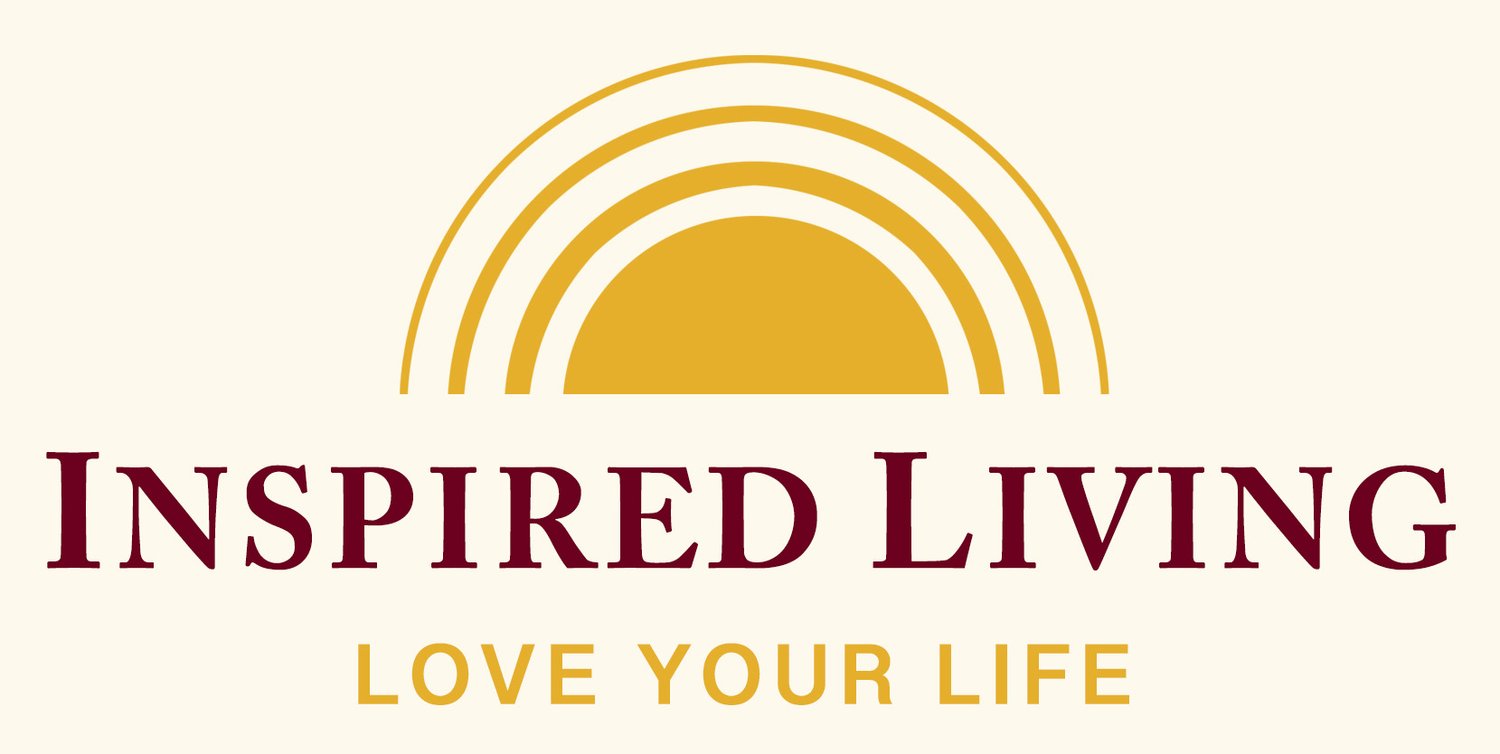Awaken Your Vital Energy: The Healing Power of Qigong Explained
In this 14 minute video - Christopher & Daniela share more of the science behind Qigong, and reveal a hidden ‘Key’ to bringing these healing practices into your life effectively and efficiently.
Here are some of the key elements and philosophy behind our approach to Qigong, emphasizing both individual freedom and guided practice.
Personalization and Fluidity: Participants are encouraged to personalize their movements, following intuitive guidance rather than strict choreography. There’s a strong focus on inviting the body to lead, rather than forcing movement.
Holistic Healing: The Qigong practice addresses the three centers of the body:
Lower Center (Hara): Seat of vitality and physical essence, grounding us through food and gravity.
Middle Center: Center of breath and emotions, helping to soothe and integrate emotional experiences.
Upper Center: Connection to limitless spirit and clarity of mind, acting as a bridge to higher consciousness.
Balancing Masculine and Feminine Energies: Participants are invited to experience a dynamic interplay between these two energies, allowing a spontaneous, intuitive flow within the practice.
Healing Through Movement: The class emphasizes that Qigong not only cultivates physical strength and balance but also nourishes the emotional and mental layers, bringing a sense of wholeness. Participants are encouraged to approach the practice as a form of medicine that works at an individualized pace.
Golden Shield Visualization: A meditation practice focusing on the electromagnetic field, strengthening one’s energy field to protect and regulate the energy that enters and surrounds the body.
Meridian Qigong: A sequence designed to open the meridians (energy channels), moving stagnant energy and cultivating Qi through mindful core engagement and breathwork. The joints are highlighted as key areas where blockages can form, and the exercises work to clear these blockages, allowing energy to flow freely.
Core Engagement and Breathwork: Specific instructions are given on how to use core strength and breathing techniques to cultivate Qi. Engaging the perineum and navel during inhales helps build energy.
Gentle but Powerful Practice: Movements are gentle yet effective. Depending on the day, participants may experience different levels of intensity and are encouraged to listen to their bodies, tuning into what is needed at the moment.
Mindful Approach: Attention to breath and the present moment is key. Participants are encouraged to stay connected to their breath and allow that awareness to guide their practice.
Caring for the Caregiver: Qigong is presented as a deeply nourishing practice for caregivers, helpers, and healers. It helps them recharge and maintain their energetic reserves so they can give to others from a place of fullness rather than depletion.
These points culminate in a practice that fosters grounding, self-healing, and greater energetic awareness, aligning body, mind, and spirit.
The goal is not only to cultivate personal energy but also to harmonize with the environment and others.
